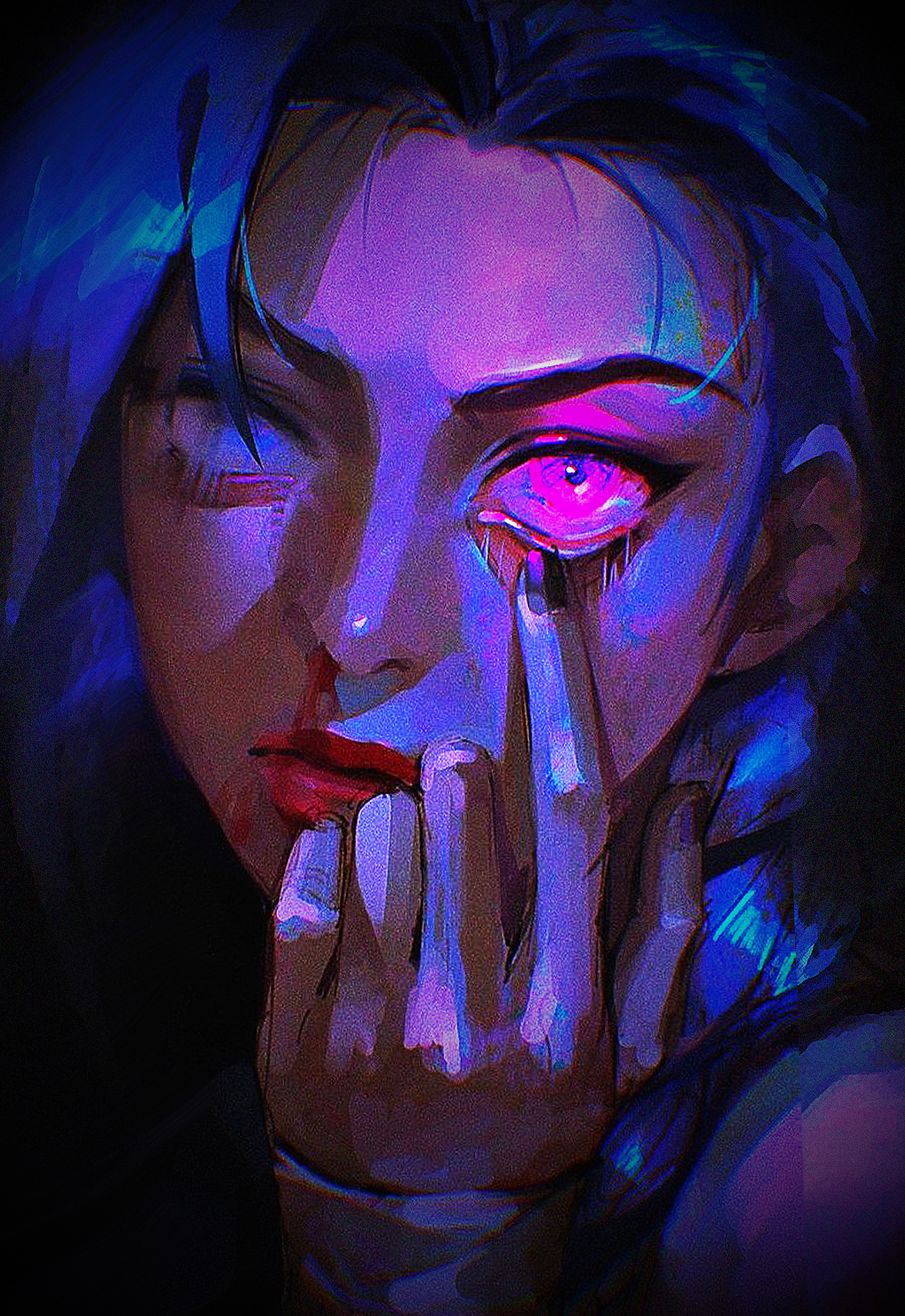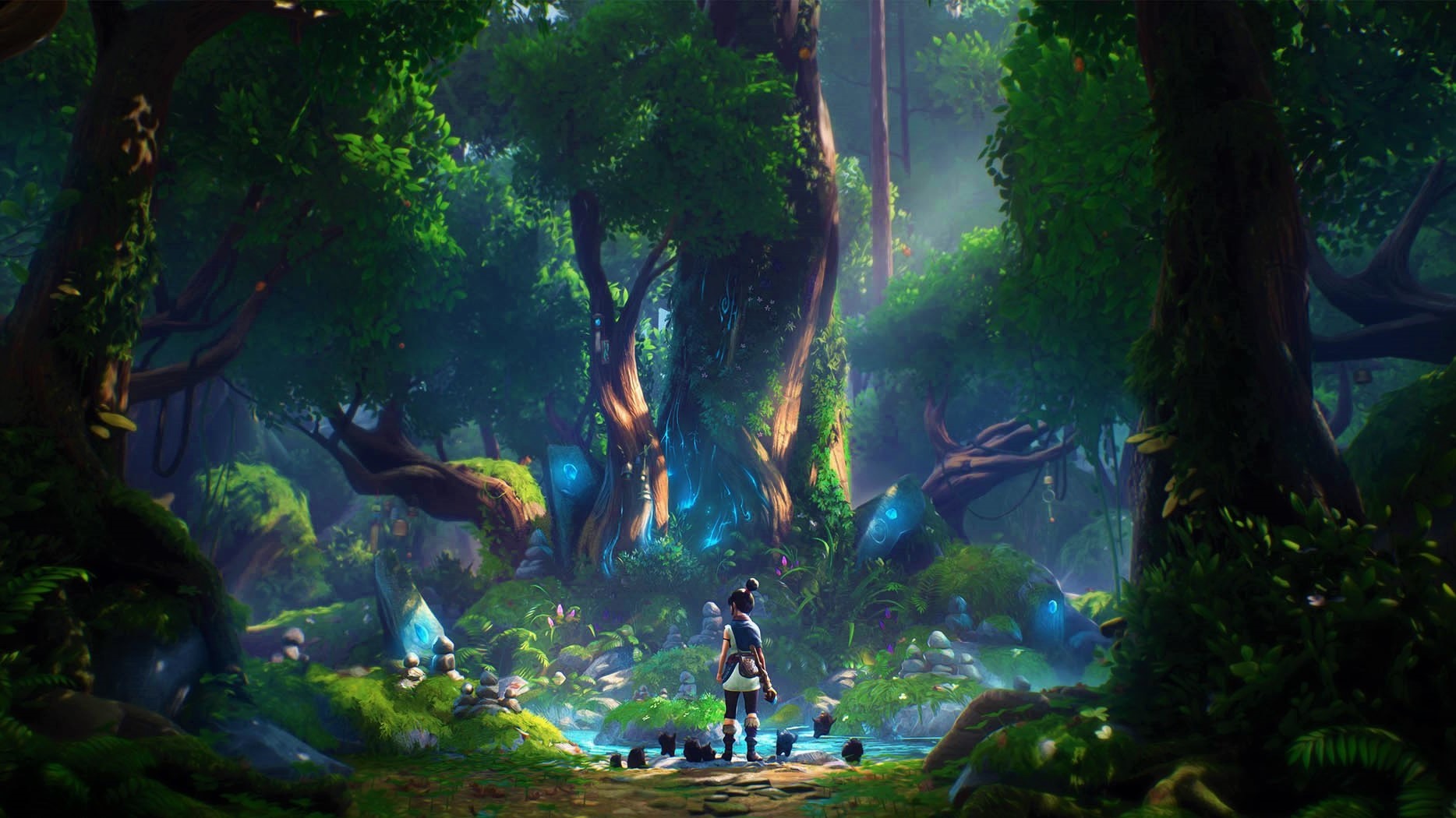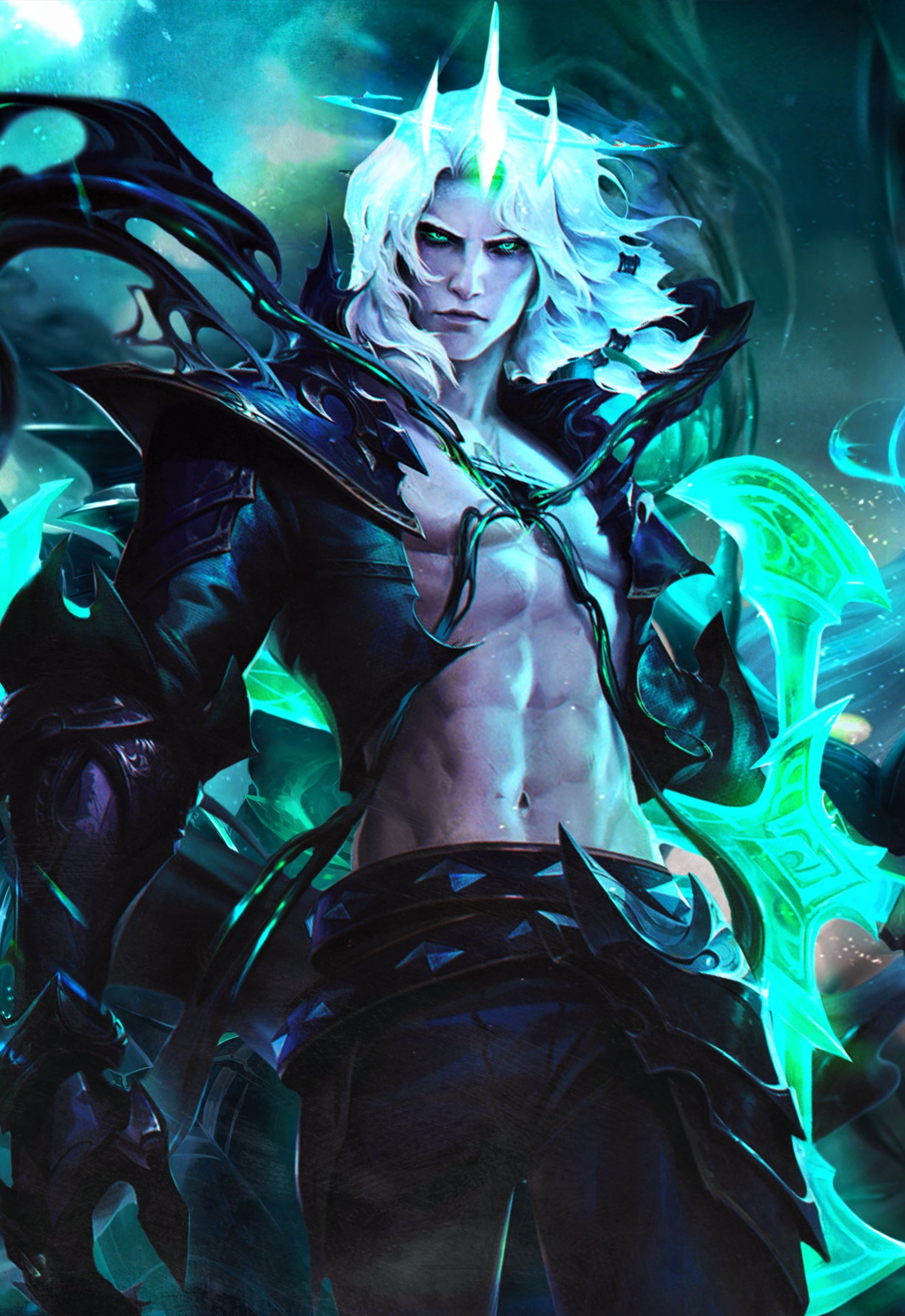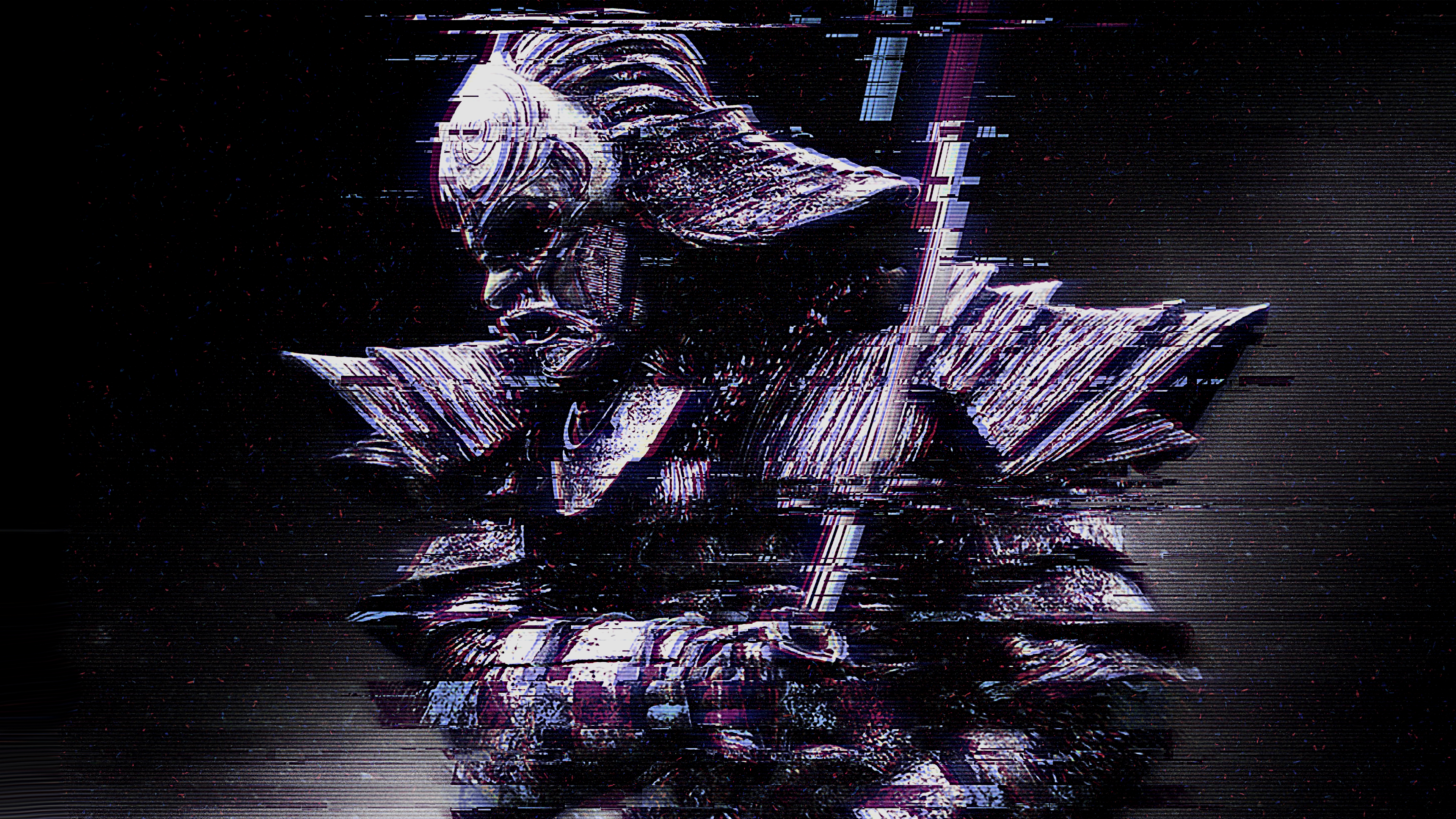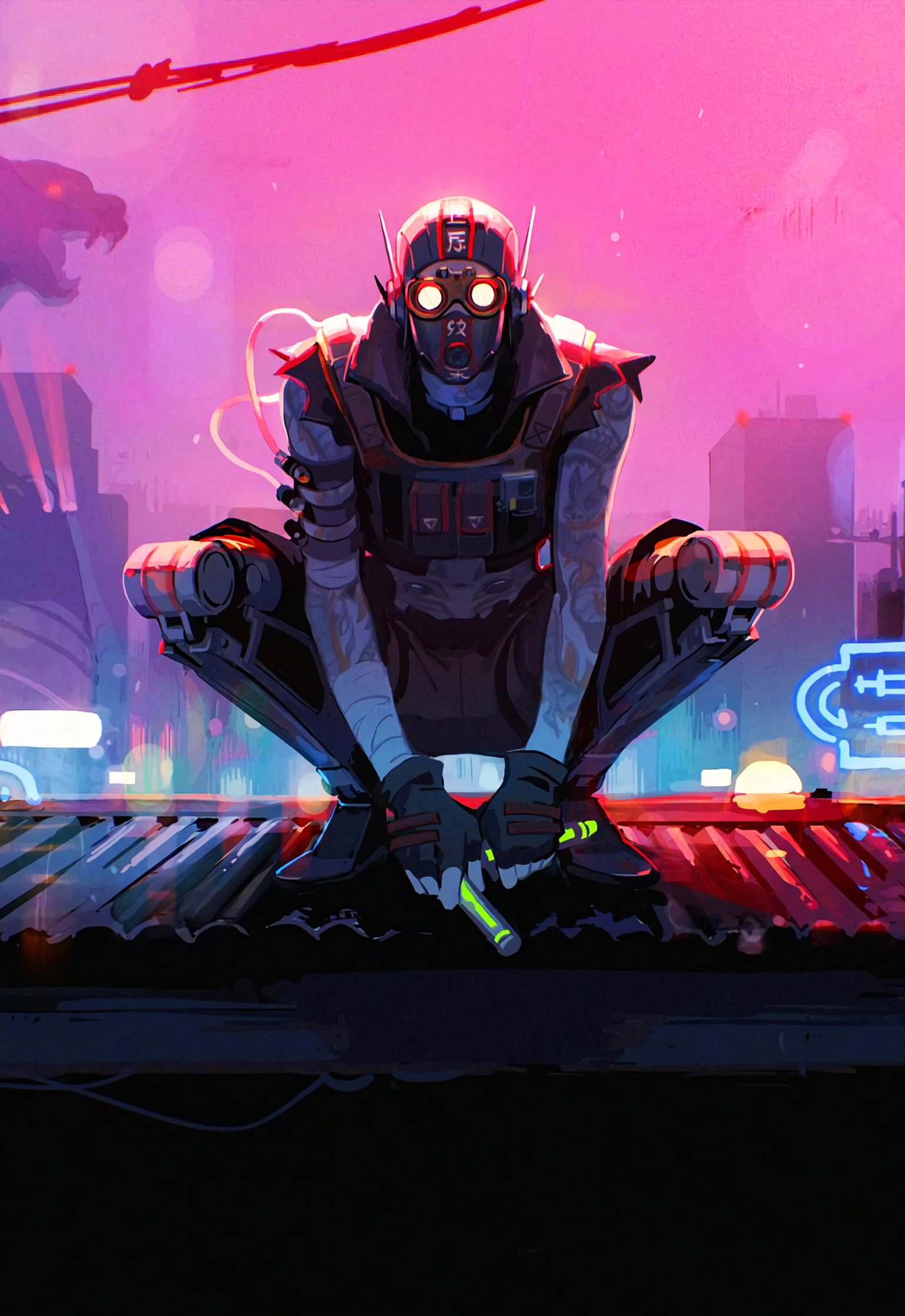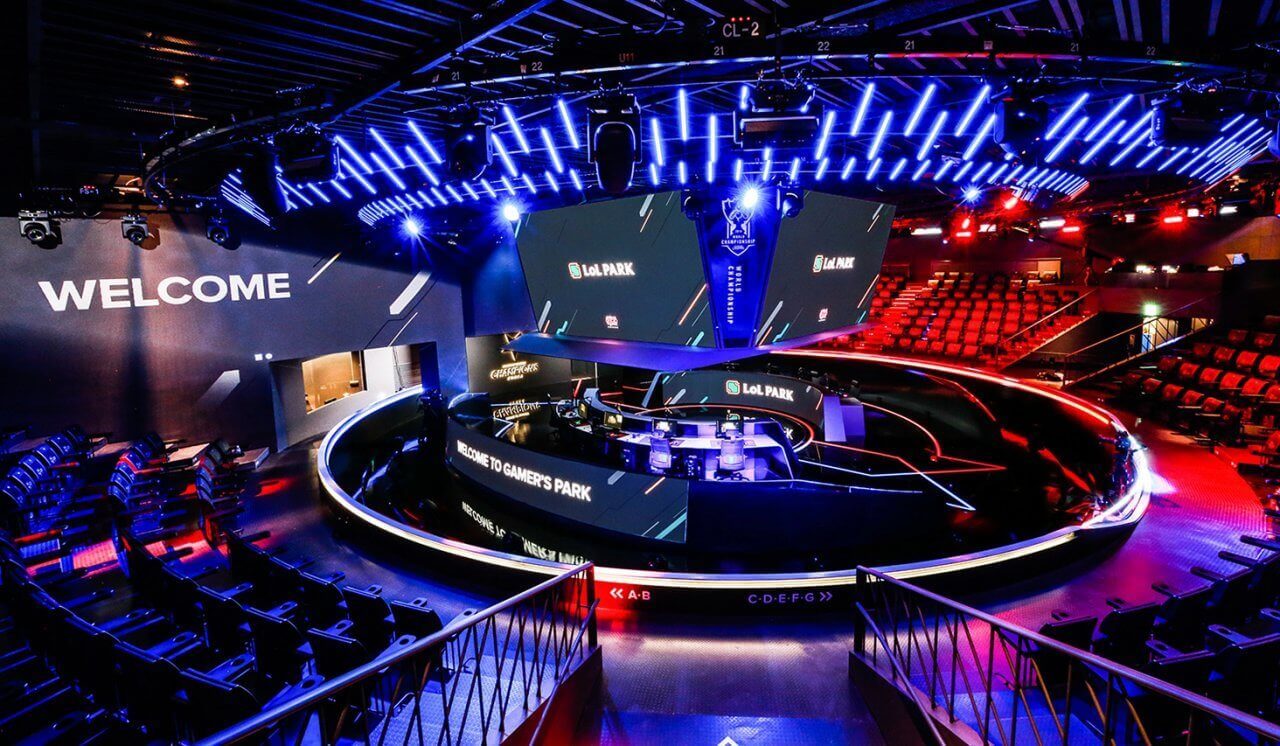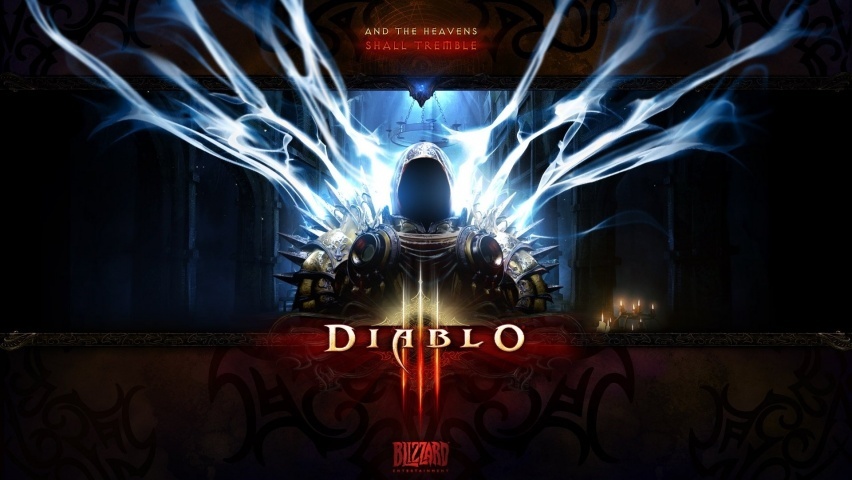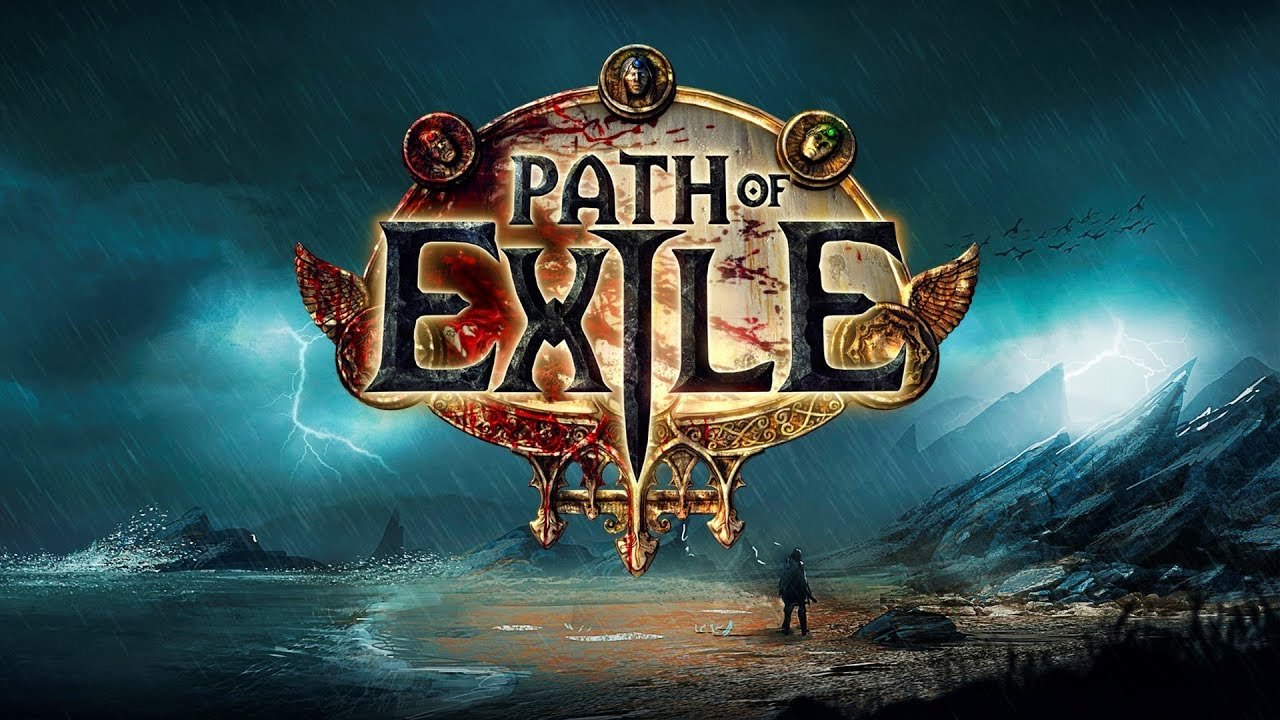
Fans of the MMORPG genre are probably familiar with both titles to some extent, but what truly sets them apart? Today we’ll take a look at some of the key differences between Diablo III and Path of Exile.
Release date
Diablo III released in 2012 and had some big shoes to fill as fans of the franchise were eagerly awaiting a worthy successor of Diablo II. Arguably, most were let down by the different direction the game went in and it was further plagued by launch issues with servers, and errors and the infamous in-game store. The initial price for the game was $60.
Path of Exile released in 2013 and it was crowdfunded by fans. The title had more than 46,000 people participating in its open beta and managed to raise over $240,000 through pre-purchase microtransactions. Unlike Diablo III, PoE relied on the free-to-play model.
Atmosphere
Diablo II was one of the darkest games at the time and many expected that Diablo III to follow in its footsteps. While you can’t say that it didn’t make an effort, the architecture and themes in D3 seem more like a dark fantasy setting when compared to the dark medieval feel of Diablo II.
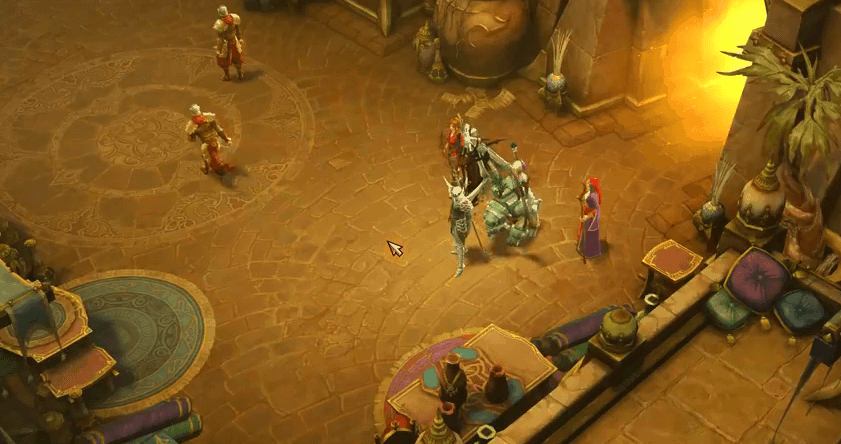
Path of Exile is to some extent a better continuation of Diablo II than Diablo III. The game’s graphics are definitely not better than D3 but they serve their purpose. The atmosphere in the game is as dark as it gets, with no restrictions on blood, gore and violence throughout the main story.

Overall, both titles have a mature theme, except Diablo III reminds us of Warcraft in some cases.
Character customization
Diablo II had a lot of options to build your character and customize items. Sadly, a lot of them were removed with Diablo III. Rune words which were a fan-favorite way to make the exact item you need, are no longer there. Attributes are also unlike Diablo II, where you received some points each time you level up. In Diablo III, attributes can only be gained through gear or skill tree talents. Classes in Diablo III define a lot of your gameplay as you’ll be limited to certain spells and talents based on the character you chose.
In Path of Exile, attributes are also gained through the passive skill tree or items. Unlike D3, though, classes don’t matter as much. The passive tree in PoE is enormous and your starting class only defines where on the tree you start. In case you want to make a spell caster with a focus on elemental damage, picking Witch will bring you the closest to many of the related talents. But there’s also nothing wrong with going for Marauder and making it work along the way.
Spells in the game are not tied to a class but are instead gained through skill gems that you equip in your items. Anyone can use them as long as you possess the necessary amount of attributes.
Trading
Diablo III used to have an auction house where players could put up items for sale. There were two versions of the AH, one using in-game currency, while the other one used real-world money. The auction house was removed as a whole in 2019 and for a good reason. Described as the biggest failure in Diablo III, the real-world currency AH was used to drain the credit cards of bewildered parents who never imagined that a legendary in-game weapon could go for $100 or more.
Currently, players can only trade items if they’re in a party and within two hours, after which the item gets account-locked.
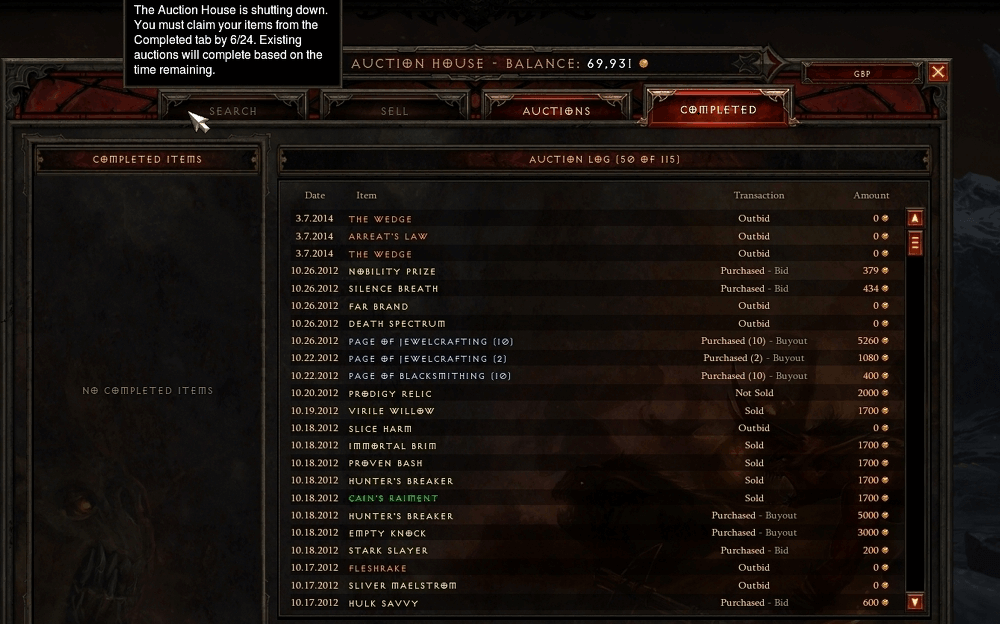
Path of Exile is a game that is almost entirely based on trading and interacting with the community. This could be a dream come true or a hassle, depending on how you look at it. The title has an insane amount of in-game currency which is also used to craft items.
There’s also an official trading platform on the PoE website as well as another one allowed by the developers. Any item that drops in-game can be traded, so gearing up with unique items from level 1 is entirely possible.
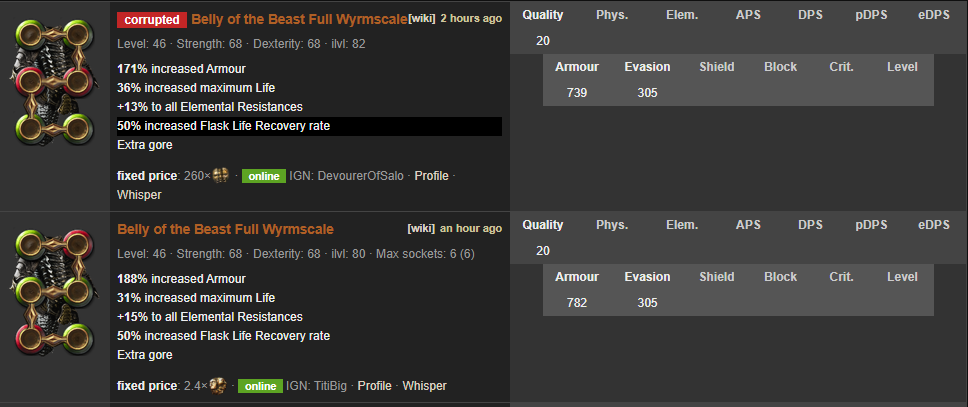
Seasons/Leagues
Sometimes, it can be hard to keep player interest in the title as the content doesn’t change much. Diablo III does a somewhat poor job in this as seasons feel more like a refresh and a chance to start anew with challenges being added to the pot. Since the game is heavily tied to its lore and cinematic feel, the only big updates came with its biggest expansion, Reaper of Souls.
In Path of Exile, there are Leagues and every League brings in new mechanics, new bosses, new ways to craft or something else entirely. Part of these changes remains in the game while others get scrapped at the end of the League.
Future plans
Both titles have already announced their plans for the future. For Diablo, it will be the fourth iteration of the game, but so far we only have a trailer and some seemingly watered-down character stats.
READ MORE:
Perhaps Blizzard will decide to make a return closer to Diablo II? Rumors are we’ll see the fourth installment of Diablo in 2020, but a good guess would be 2021.
Path of Exile also released a trailer for PoE 2, but the game won’t be a sequel as much as a brand-new campaign and from what it seems, a graphics update. The game’s story is already more than engaging as instead of playing the same thing three times (once for each difficulty), quests and locations vary making the story unfold naturally. Adding a new campaign will no doubt include entire new regions, items, lore and more.
At the end of the day, both titles do a good job of keeping your interest. Diablo III aims for a wider audience with a more polished feel and a smoother leveling experience at the cost of late-game content. Path of Exile does the opposite, with difficulty spikes sometimes punishing your build hard, while the end-game content is more than enough. Both titles will get a new release in the nearby future and by the looks of it, things will only get better.
Do you play Diablo or Path of Exile? If you enjoyed this article, chances are you'll find more interesting things in the rest of the section.
